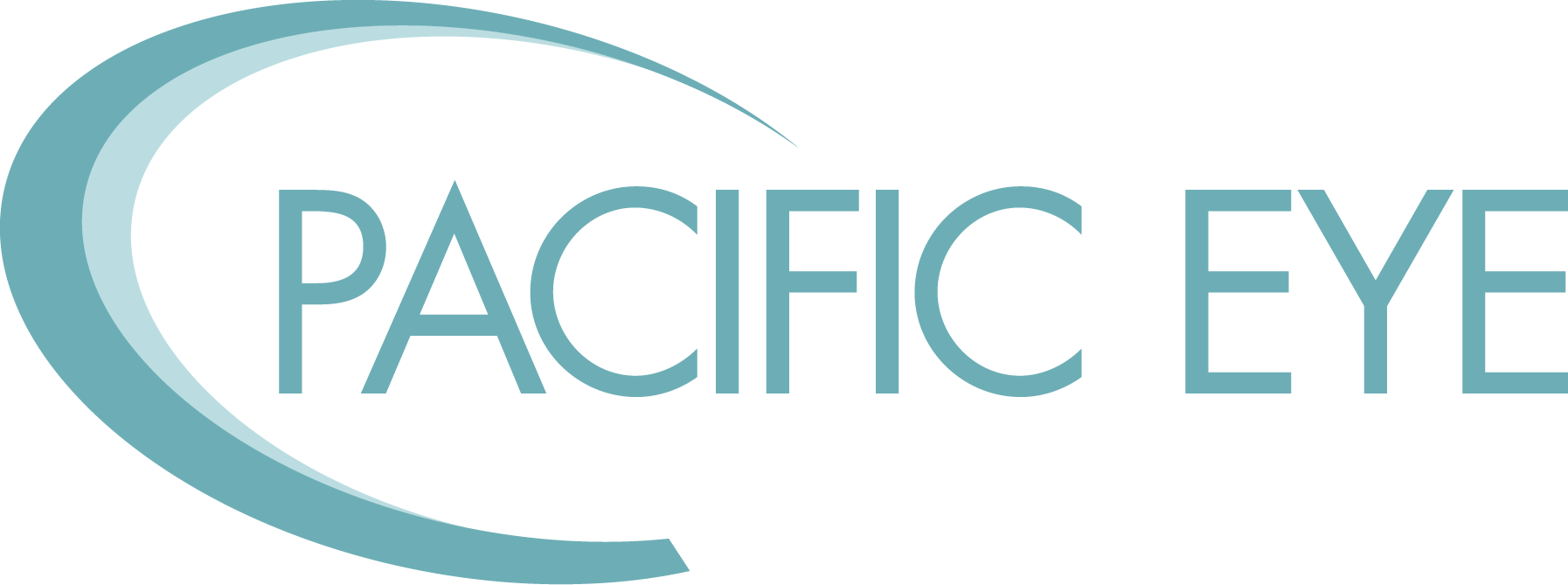
While laser eye surgery isn’t right for everyone, those suffering from nearsightedness, farsightedness, astigmatism or cataracts are considered great candidates.
Here at Pacific Eye, our ophthalmologists and optometrists provide state-of-the-art care from routine exams to laser eye surgery. We have six offices throughout San Luis Obispo and Santa Barbara counties, and each one is staffed with friendly, skilled professionals committed to making sure your experience is pleasant from beginning to end.
We start with a comprehensive eye exam to find out which treatment is best for your unique circumstances. If you and your doctor decide that laser eye surgery is right for you, the type of surgery will depend on your condition. Here are the most common types of laser eye surgery we perform:
LASIK and photorefractive keratectomy (PRK) surgery
IntraLaseⓇ LASIK and PRK laser surgeries can reshape the cornea to fix vision problems like nearsightedness (myopia), farsightedness (hyperopia), and astigmatism. Good candidates are typically in their mid-20s or older and must have had the same prescription for two or more years. People should be in good general health without any eye diseases like glaucoma and cataracts and be willing to follow instructions before and after the procedure. Those with thin corneas may not be appropriate candidates for the traditional LASIK procedure but may qualify for PRK surgery.
Vitreoretinal laser surgery
The vitreous is a gel-like liquid that occupies the area between the lens and the retina at the back of the eye. Ailments that can affect the vitreous and/or retina include age-related macular degeneration, diabetic retinopathy, a detached retina, and more. Candidates for vitreous surgery typically have an issue that threatens or causes the loss of vision and will not get better on its own or without surgical intervention.
Laser surgery for cataracts and glaucoma
Cataracts and glaucoma are two common eye ailments that affect people as they age. Cataracts occur when the lens becomes cloudy. In laser surgery, the laser makes an incision then softens and breaks up the cataract to make it easier to extract.
Glaucoma results from pressure building up inside the eye and pushing against the optic nerve. Laser surgery can decrease the pressure by creating an opening for the drainage system to remove fluid.
In both cases, a consultation with an ophthalmologist can determine who is a good candidate for these procedures. Generally, laser surgery is appropriate for most people with cataracts. However, laser surgery for glaucoma can be helpful for people who have not experienced relief with medication, find it hard to follow the strict schedule for administering eye drops, or have other issues.
Diabetic macular edema (DME) surgery
Diabetic macular edema occurs when blood vessels grow abnormally and leak fluid that builds up under the macula (the part of the retina responsible for central vision as well as much of the fine detail and color we see). For some people, laser eye surgery is a great way to seal the leaking vessels or eliminate them altogether. The best candidates for this type of treatment are those with leakage from one particular area that is not in the middle of the macula where laser treatment could affect central vision.
If you are experiencing vision issues, call one of our offices or book an appointment today. The faster a proper diagnosis is made, the sooner treatment can begin.







